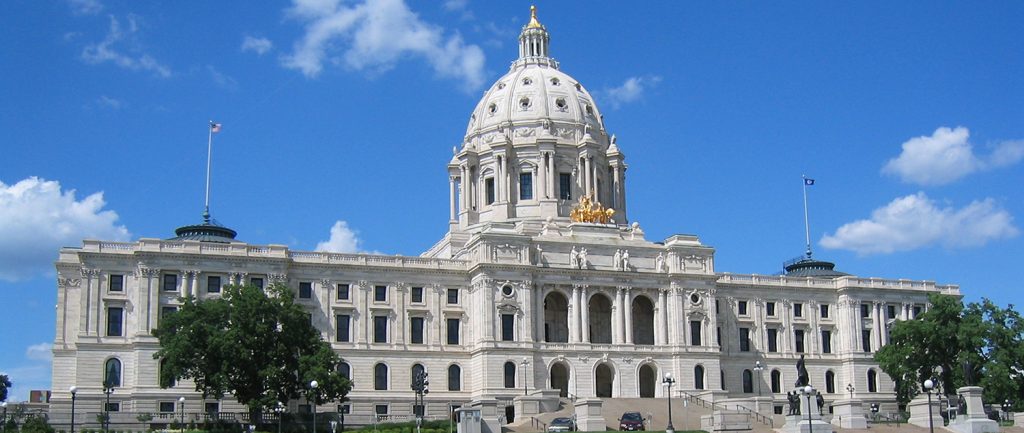The Minnesota Soybean Growers Association (MSGA) joins the nation’s soybean growers in applauding the Trump administration for making considerable strides with China in its “Phase One” deal, and is hopeful the agreement will lead to additional measures that restore open trade between the two countries, including a negotiated solution in the next phase that removes tariffs on American soybeans shipped to China.
“We have long supported changes to how China conducts business with the world, in agriculture and other industries,” says Minnesota farmer and American Soybean Association (ASA) President Bill Gordon. “Today’s signing addresses many of those concerns and is a positive for the U.S., including reduction of non-tariff barriers to trade that are important to soybean growers and other agriculture groups.”
Changes outlined in the Phase 1 deal are encouraging: Increased agriculture purchases; a more predictable, efficient, science- and risk-based regulatory process for evaluation and authorization of agricultural biotechnology products; improvements to sanitary and phytosanitary measures; and intellectual property protection for agriculture, among others. The American Soybean Association (ASA) has actively advocated for many of the improvements itemized in White House summary documents of the deal.

“We are very pleased to see true progress on the regulatory process for ag biotech products, sanitary and phytosanitary measures, and other big points of concern. And, importantly, this milestone moment in the negotiation process bodes well for de-escalation of the tension between our two countries and making further progress,” Gordon says. “Yet, as an industry, we have a lingering unease regarding the tariff on U.S. beans, which was not addressed in this deal. China needs to take action, and, as a goodwill gesture, offer to remove its retaliatory tax on our soybeans.”
According to documents released by the White House outlining details of the deal, China’s imports of U.S. agricultural products, “such as soybeans, cotton, grains, meats, ethanol, seafood, and the full range of other agricultural products,” will total at least $80 billion over the next two years.
“Farmers are going to be so happy,” President Trump said Wednesday during the White House signing ceremony.
MSGA Director Theresia Gillie described the president as lighthearted throughout the ceremony. At one point, Trump mused whether American farmers could produce enough of their commodities to satisfy Chinese demand.
“I almost stood up and said, ‘Yes, we can!'” Gillie says. “This is a wonderful opportunity and I assure both the president and the Chinese that we can provide them whatever they need. American farmers are the most innovative producers in the world.”
Prior to trade war beginning in earnest in 2018, China purchased 61 percent of total U.S. soybean exports, equating to nearly $14 billion annually and more than 30 percent of overall U.S. soybean production. In 2018, soybean exports to China dropped about 75 percent, to $3.1 billion. Soybeans are Minnesota’s top export, equating to more than $2 billion a year. Before a 25 percent tariff was enacted on U.S. soybeans, roughly one in three rows of soybeans in Minnesota went to China.
“It was an honor to be a witness to this historic agreement,” says Gillie, who was personally invited to the White House by administration officials. “A lot of damage was caused to Minnesota’s agriculture economy the past few years, for a number of reasons, not just the tariffs. But farmers are optimistic people by nature, and we are hopeful we’ve endured the worst of the trade dispute.”




